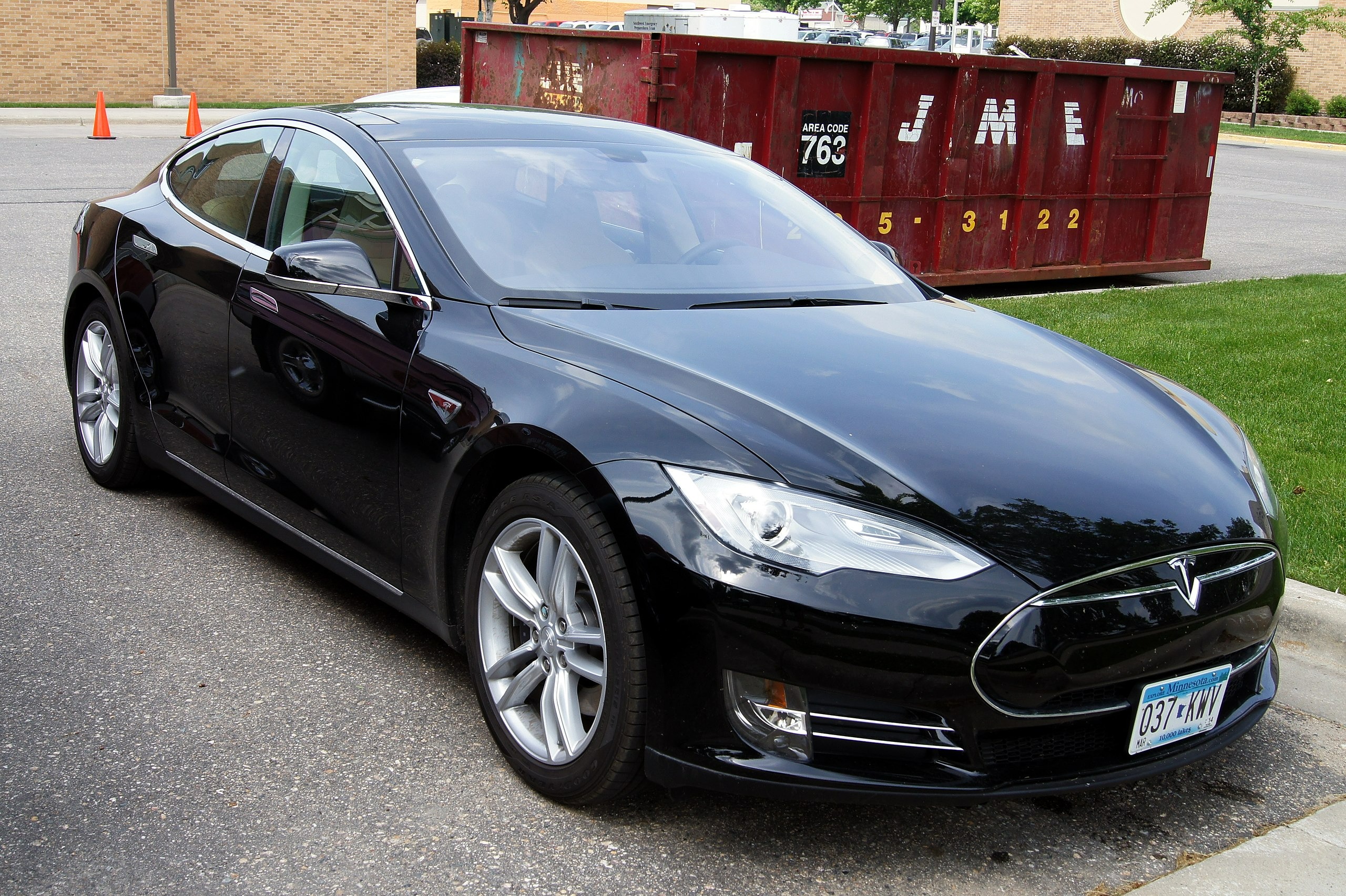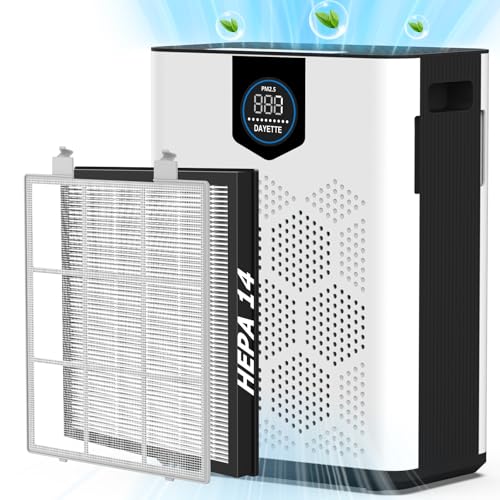Your Tesla screams up the Nürburgring for the fifteenth consecutive lap without breaking a sweat. Meanwhile, that new GM Hummer might need a breather after a few hard pulls. The difference isn’t horsepower—it’s how each company keeps their motors from literally melting.
Why Your Motor’s Temperature Could End Your Drive
Electric motors live and die by temperature control. Push copper windings past their insulation limits, and you’ll witness what engineers cheerfully call a “smoking hole scenario“—instant, irreversible motor death with zero warning. Those permanent magnets in the rotor? They start losing their magnetic properties above 140°C, essentially lobotomizing your drive unit.
Even before catastrophic failure, a 100°C temperature rise increases electrical resistance by 50%, turning your efficient electric machine into an expensive space heater. These temperature thresholds come from extensive teardown analysis showing how quickly thermal runaway destroys motor components.
Tesla’s High-Pressure Performance Philosophy
Tesla treats motor cooling like a Formula 1 team treats aerodynamics—with obsessive precision and zero compromise. High-pressure oil courses through channels stamped directly into the stator’s steel core, while a bespoke plastic manifold sprays coolant onto windings with surgical accuracy.
The real engineering flex? Oil forced down the hollow rotor shaft gets flung outward through radial holes as the motor spins, creating centrifugal cooling from the inside out. This system maintains power output during repeated track sessions that would cook lesser motors, but Tesla’s high-pressure pump draws meaningful energy—a small tax on efficiency for exceptional thermal performance.
GM’s Gravity-Fed Efficiency Play
GM took the opposite approach, channeling their inner MacGyver. Instead of power-hungry pumps, spinning transmission gears naturally “sling” lubricating oil upward into carefully engineered reservoirs. This captured oil then rains down through precisely calculated passages, cooling windings and components without drawing additional electrical power.
The engineering challenge? Ensuring consistent oil delivery, whether you’re banking through mountain curves or climbing San Francisco hills. GM’s approach demands flawless initial design—get the fluid dynamics wrong, and your cooling becomes inconsistent when physics gets complicated.
Both systems prevent motor meltdowns, but they reveal fundamentally different priorities. Tesla optimizes for sustained performance scenarios like track driving, while GM maximizes everyday efficiency through clever mechanical integration. Your choice depends on whether you value repeated high-performance driving or maximizing every mile of range in normal use.





























